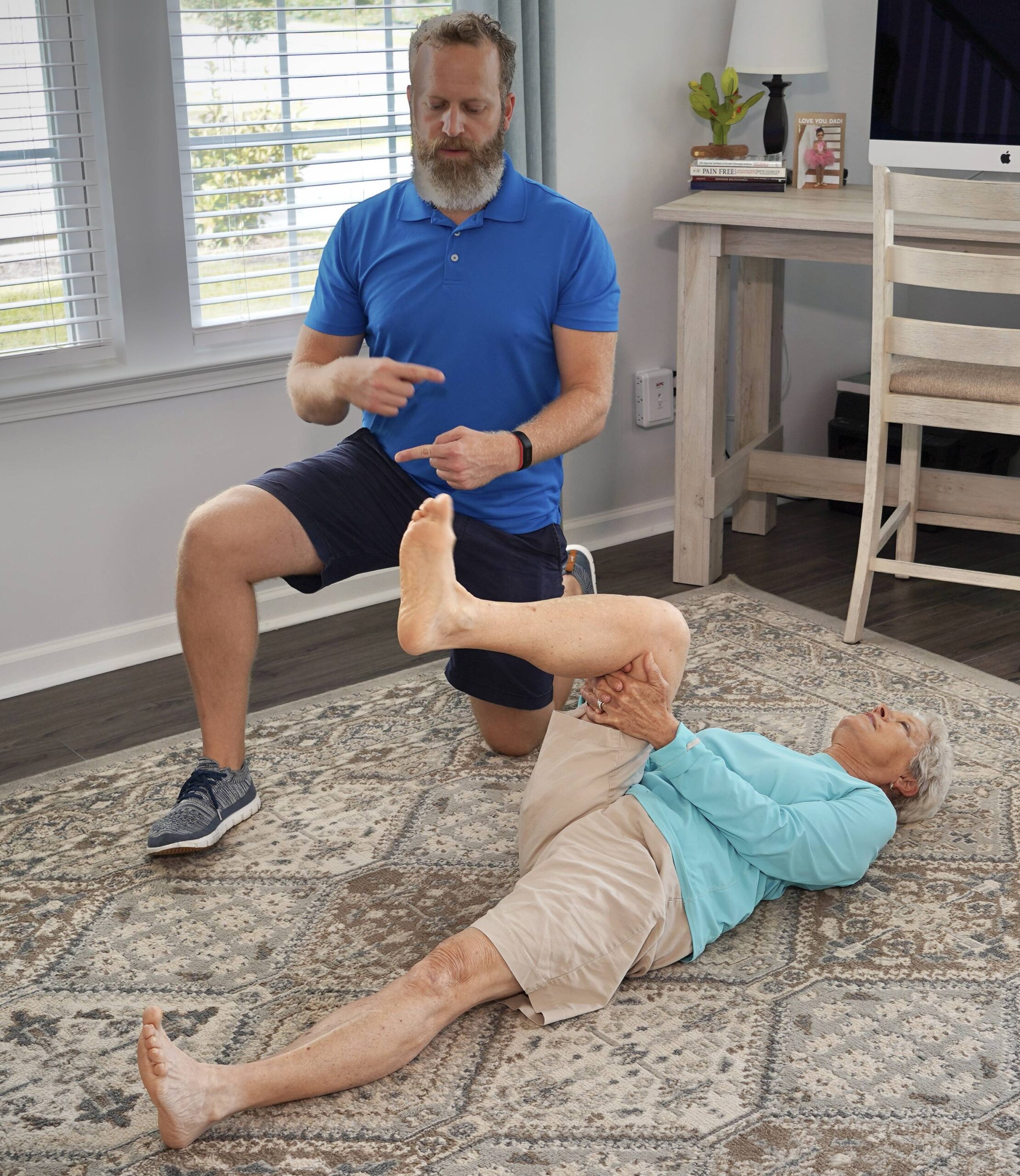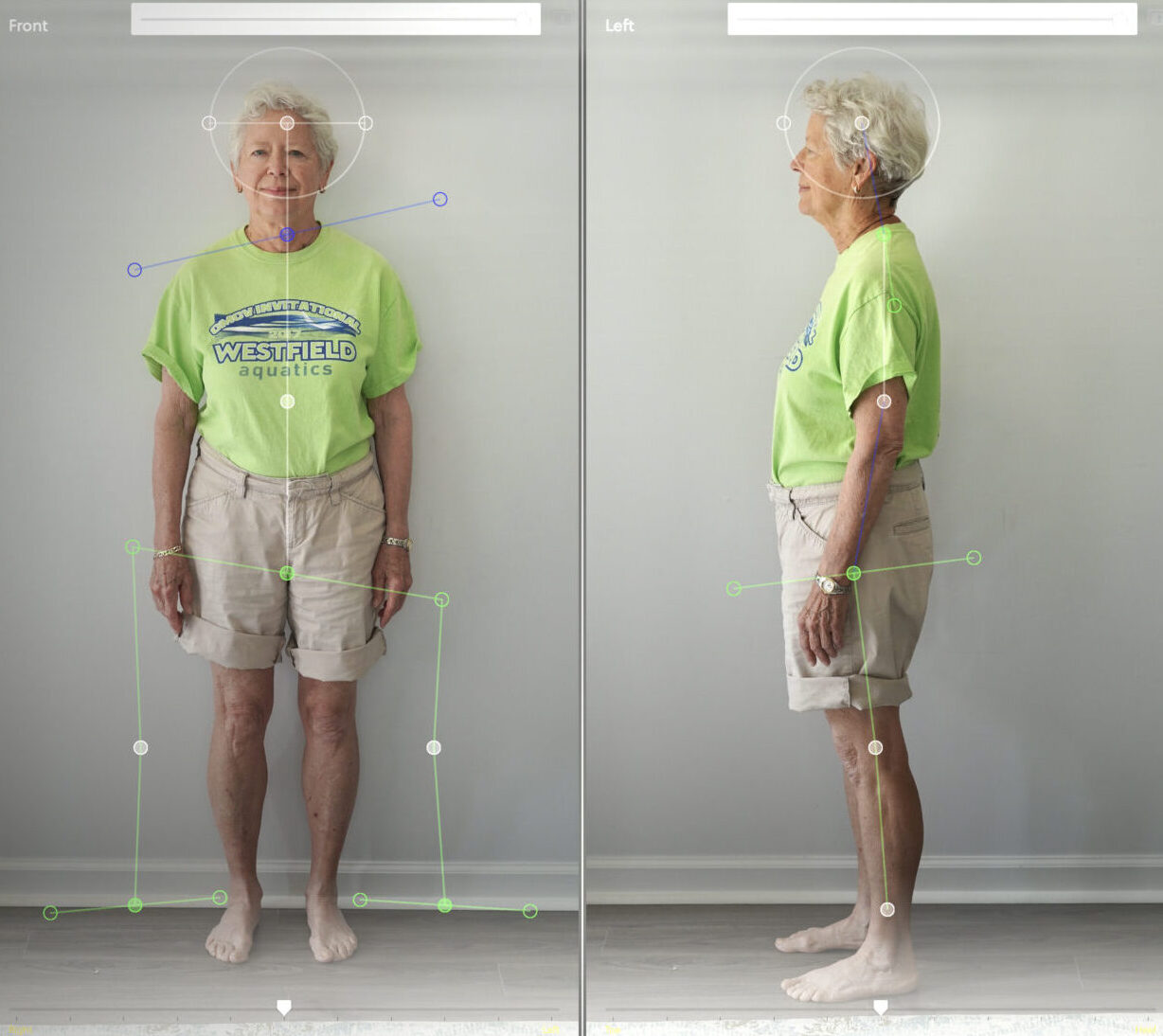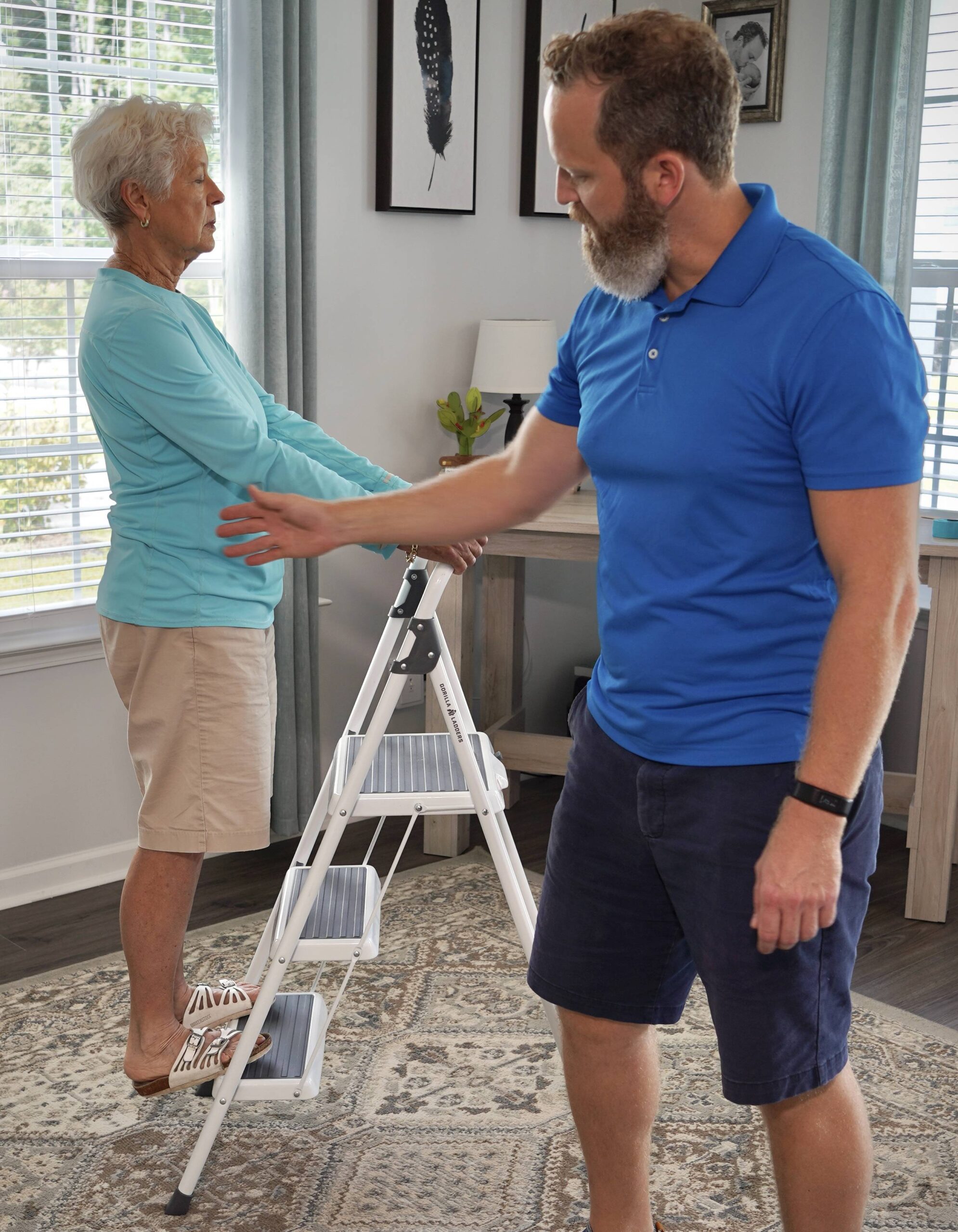
Excerpt From: Pete Egoscue & Roger Gittines. “Pain Free.” Apple Books.
Hip Pain
“The site of the pain and the source of the pain don’t necessarily coincide: Major hip misalignment leaves its calling card in many different places. It’s one reason that physicians tend to have trouble characterizing hip pain. ”
…“bones do what muscles tell them to do. Reengaging the right muscles will remove the point pressure that’s been gouging out the cartilage, relieve the strain and pain on the overstressed muscles and other mechanisms, and return the function of the hip to nearly normal flexion, extension, and rotation. I say “nearly normal” because a certain amount of ball-and-socket management will still be needed due to the preexisting cartilage loss. ”
Excerpt From: Pete Egoscue & Roger Gittines. “Pain Free.” Apple Books.
Back Pain – Contractions
“The muscles that adjust the position of the spine maintain a constant dynamic interaction to keep it upright and fully functional. The arrangement is flawless, except in one respect: Muscles only follow orders. If they are not being told to move, they stay right where they are. When they aren’t moving enough, then the entire back, as happens with other subsystems of our musculoskeletal system, isn’t moving nearly enough.”
“Abandoned by the muscles, and losing the integrity of its curves, the spine is at the mercy of gravity—and gravity is merciless: What goes up must come down. Without the flexibility that allows for balance, rigidity sets in. Confronted with an unstable spine, the body has one last-resort mechanism for utilizing what little power remains in atrophying muscles: It throws them into contraction. The contracting muscles, however, cannot defeat gravity by holding the spine in place by sheer strength alone; the spine has too many moving parts. And since the upper torso is designed to flex forward, the muscles grudgingly allow flexion, until the structure of the spine reaches its limits and freezes in place.”
“The solution to back pain is based on a pure cause-and-effect connection: Go after the muscles, not the spine. While some back pain is caused by damage to the spine or its components—a herniated disk, nerve impingement, or other conditions—most active back pain is the result of ongoing muscular action (and/or inaction). Put a stop to that dysfunctional, nondesign muscular activity, and the pain will subside. I have seen it happen literally thousands of times.”
Excerpt From: Pete Egoscue & Roger Gittines. “Pain Free.” Apple Books.
Knee Pain
“It is essential to escape from this “accidents do happen” fixation… but first we’ve all got to reexamine our assumptions about the causes of pain. If we are convinced that pain is the result of an isolated accident and a vulnerable joint, we will mistakenly believe that just fixing the damage is enough. Since knees are damaged more than any other joint, a whole industry has developed to service them and eliminate pain. Knee surgery is the Midas muffler of orthopedics. Repair the joint—or replace it—and move on.”
“Healthy knees need only one thing: alignment with the other load-bearing joints. Knees rarely have problems if they are aligned and allowed to work in association with the ankles and hips. But we’ve persuaded ourselves that knees are accidents waiting to happen, time bombs ready to explode at any moment. Accidents and explosions do happen, although I regard them in this context as symptomatic events. Damaging a patella when suddenly stopping to change direction on a soccer field or tearing the anterior cruciate ligament (ACL) during a tumble while skiing are misconstrued as misfortunes, mishaps, and misadventures. They may be all of those things and more, but they cause damage to the knee only in a secondary sense, much as a hammer causes a careless carpenter’s broken thumb. If the knee had been aligned, the soccer player would have stopped on a dime, turned, kicked, and scored the goal, while the skier would have dusted off the snow and continued hot-dogging down the hill.”

Excerpt From: Pete Egoscue & Roger Gittines. “Pain Free.” Apple Books.
Back Pain – Herniated Disk
Back Pain –
Herniated Disk
“At the clinic, we see more clients with herniated disks than with any other back pain symptom. Many of them bring X-rays that show that the disk—a tough pad of tissue that acts as a cushion between vertebrae—has been squeezed by the bones until it comes into contact with a nerve. The disk is either bulging like a balloon that’s being squeezed, or it actually ruptures, with its softer inner core material oozing out like a jelly doughnut leaking its filling. I look at the pictures and say, “Yes, that’s definitely a herniated disk.”
“The doctor wants to surgically remove the piece that’s pressing on the nerve.”
I nod and ask, “Don’t you think your back was designed to use all of that disk?”
“But it’s against the nerve.”
“Why? How did it get there?” And since by that point we’ve discussed some of the basics of human biomechanics, I usually get this response:
“Muscles put it there.”
“Right. And muscles can take it out of there.”

Excerpt From: Pete Egoscue & Roger Gittines. “Pain Free.” Apple Books.
Neck pain / Headaches / Vertigo / TMJ
Neck pain / Headaches
Vertigo / TMJ
“Above the shoulders, an intricate balancing act takes place without the direct assistance, by and large, of the major muscle groups and other structures of the hips and torso. This arrangement makes sense. Based on the assumption that the vertical integrity of the spine will counteract gravity, the neck’s limited musculature is designed to handle a comparatively modest task: to move the head from front to back, and from side to side. Heavy lifting and lateral support do not figure all that much in the scheme of things. But our modern lives of minimal motion are encouraging the spine to move into forward flexion, distorting its S-curve into a C, and forcing the mechanisms of the neck to do hard labor in order to keep us from losing our heads. With the head tilted forward, gravity has us by the nose and is pulling. As a consequence, the cervical spine, the section between the shoulders and the base of the skull, may well be doing the most momentous work of any part of the musculoskeletal system, with the fewest resources.
The price? To quote the anatomical elevator operator, “Neck pain and stiffness, dizziness, vertigo, headaches, TMJ—and more.”
“The head weighs about ten pounds. That doesn’t seem like much, but try this: Heft a ten-pound hand-weight or something similar straight over your head; hold it there with the arm fully extended. You’ll find that the more vertical your arm, the easier it is to support the weight. Now, tip the weight slightly forward, and see how much more strain is created. As you bring it forward by degrees, the effort intensifies. This is exactly what’s happening to the neck as it moves the head forward and down.”
Excerpt From: Pete Egoscue & Roger Gittines. “Pain Free.” Apple Books.
Shoulder Pain
“Pain and swelling in the shoulder are symptoms of musculoskeletal misalignment. They are symptoms of living inside the box. See for yourself how much time you spend there. Make a list of your routine activities: typing, reading, driving, and so on. Note the ones that are carried out in the box and those done outside. The former will probably predominate. Deliberately climb out of the box, and see how long you can remain at large. Time yourself. Most “productive” activity is done inside the box. To escape for any length of time, you’ll find it necessary to have a life that allows you to dance, shadow-box, fool around, and generally act “childlike.”
…“Few people reach directly over their heads more than a couple of times a year, let alone bear any weight in that position. Yet all of us have a carefully calibrated mechanism for doing that. What happens to the mechanism when we don’t use it? The function is lost.”
“Some muscles and joints have distinctive pain signatures, but the shoulders do not. Constant or intermittent, sharp or numb, tingling, burning, or throbbing—the characteristics are varied. Frequently stiffness takes the place of pain. At least twice a week a new client comes into the clinic with an encapsulated or “frozen” shoulder that doesn’t hurt yet refuses to budge beyond a certain point. It doesn’t matter whether there’s stiffness or pain, almost every shoulder problem, with the exception of serious accidents resulting from high impact, is caused by the shoulder being out of proper position. Why is it out of position? The classic reason: Muscles have moved it there. Therefore, before you seek treatment for shoulder pain, it is necessary to get a rough idea of what the shoulder joint is doing in relation to the other load-bearing joints. Most people don’t realize it, but the shoulders are indeed load-bearing joints. They participate with the hips, knees, and ankles in supporting the full weight of the body. A shoulder, for example, will move forward to counterbalance an unstable hip that has slipped to the rear; its mate might move that way, too, or go in the opposite direction, or stay put. If we ignore that context and treat the shoulder in isolation, the problems will persist.


